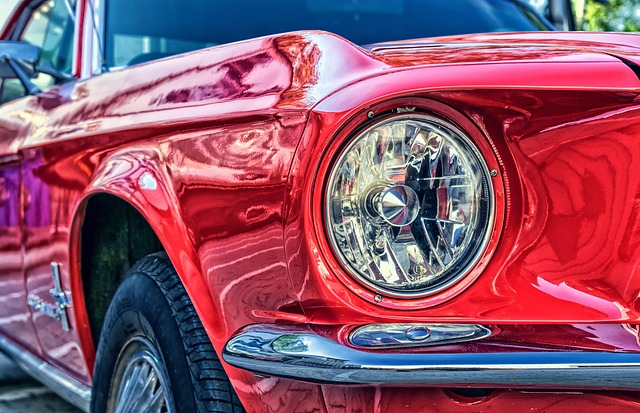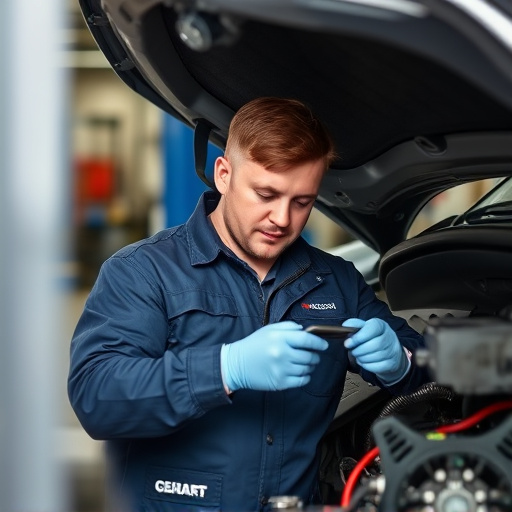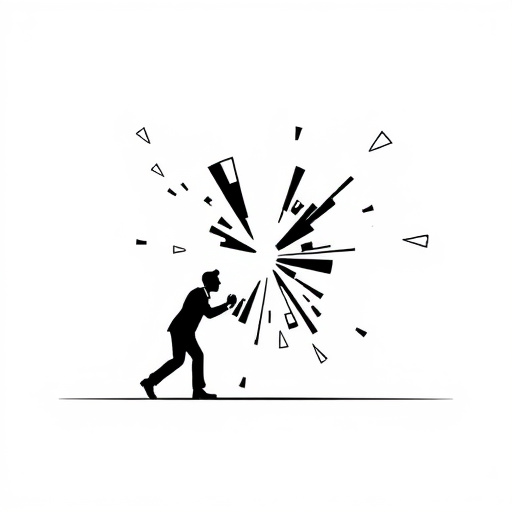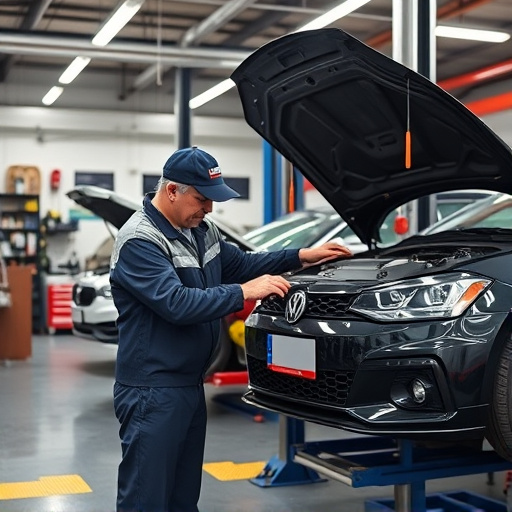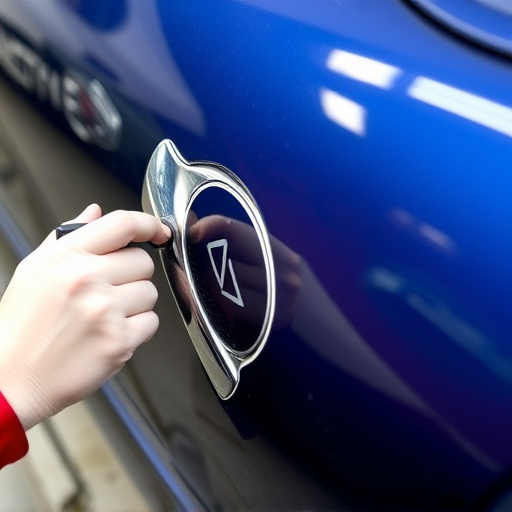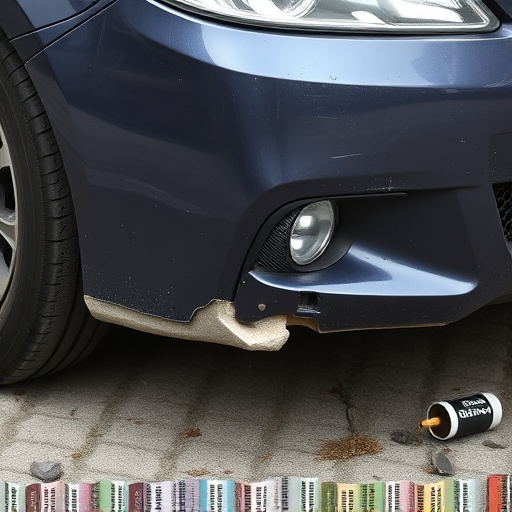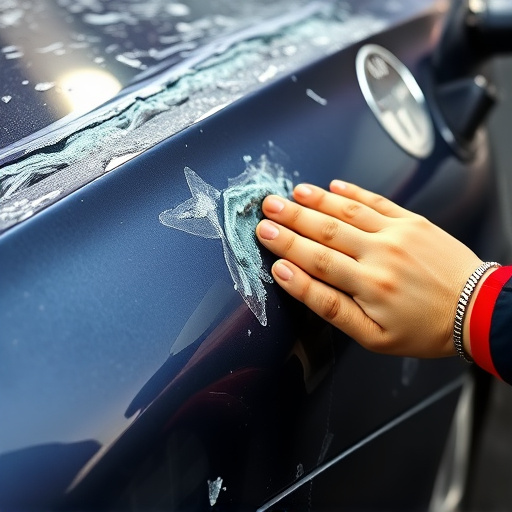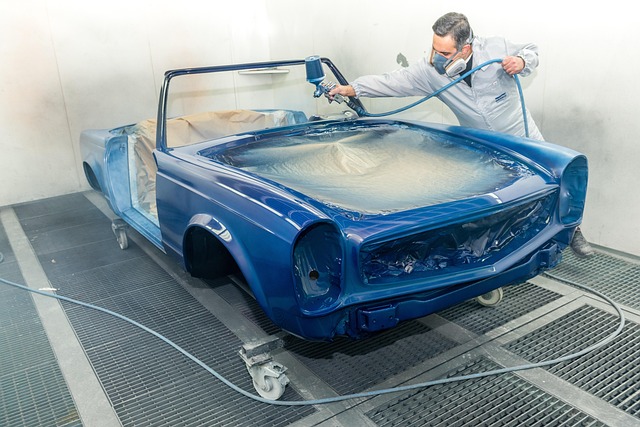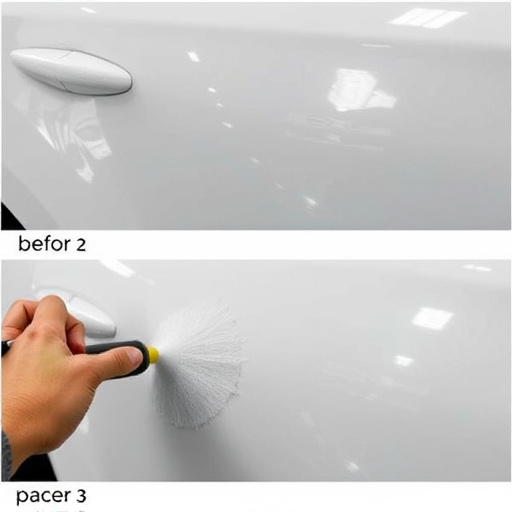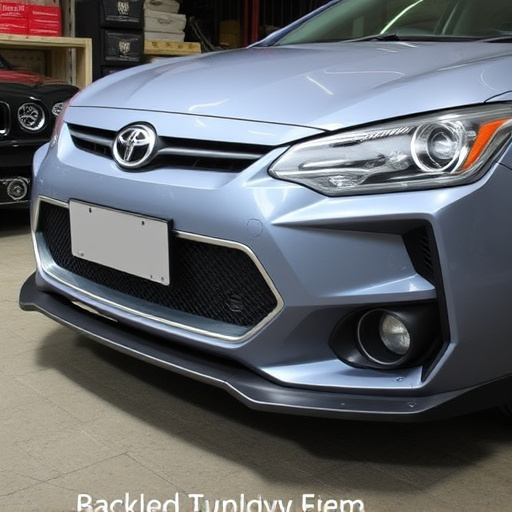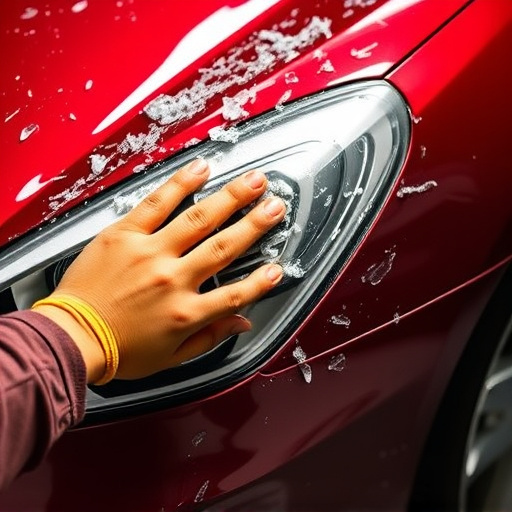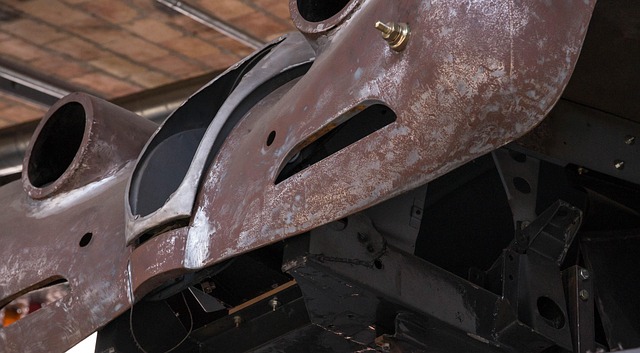Bumper damage ranges from minor cosmetic issues to severe structural problems post-accidents. While slight dents may not require immediate replacement, significant cracks or disintegration can compromise safety and aesthetics. Auto body professionals assess damage, determine necessary repairs, and guide the selection of high-quality, vehicle-specific bumpers, ensuring both performance and passenger protection. A proper bumper replacement is vital for maintaining a vehicle's integrity and enhancing safety during future drives.
In the event of a severe collision or noticeable cracking, your car’s bumper isn’t just cosmetic; it’s critical for safety. Understanding when bumper replacement is needed goes beyond aesthetics, ensuring optimal vehicle protection and driver/passenger safety. This article guides you through recognizing bumper damage, offers a step-by-step bumper replacement process, and provides tips for choosing the right part for a secure fit, empowering you to make informed decisions regarding your vehicle’s safety.
- Understanding Bumper Damage: When Replacement is Necessary
- The Process of Bumper Replacement: Step-by-Step Guide
- Tips for Choosing the Right Bumper and Ensuring a Safe Fit
Understanding Bumper Damage: When Replacement is Necessary
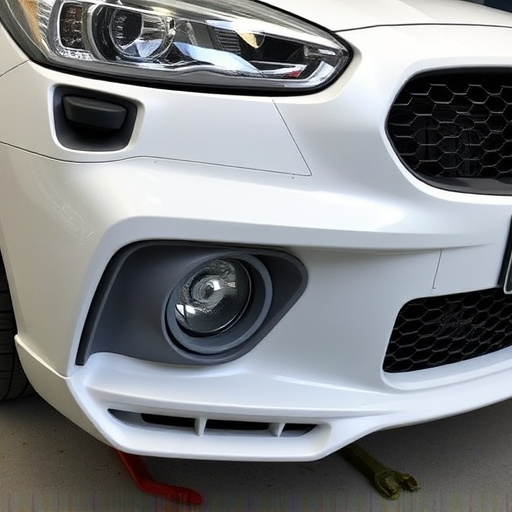
Bumper damage can range from minor dents to severe cracking or complete disintegration after a significant vehicle collision. While some minor bumps and dings might be cosmetically unsettling, they may not always require immediate replacement. However, when damage is severe or extends beyond mere aesthetics, it’s crucial to consider bumper replacement for both safety and aesthetic reasons.
Severe collision repair, involving auto body services, isn’t just about restoring the exterior of your vehicle; it’s also about ensuring structural integrity. A damaged bumper might no longer effectively absorb impact during another collision, posing potential risks to both driver and passengers. Therefore, when assessing bumper damage, especially after a serious crash, it’s essential to consult automotive repair professionals who can determine if replacement is necessary for optimal safety and performance.
The Process of Bumper Replacement: Step-by-Step Guide
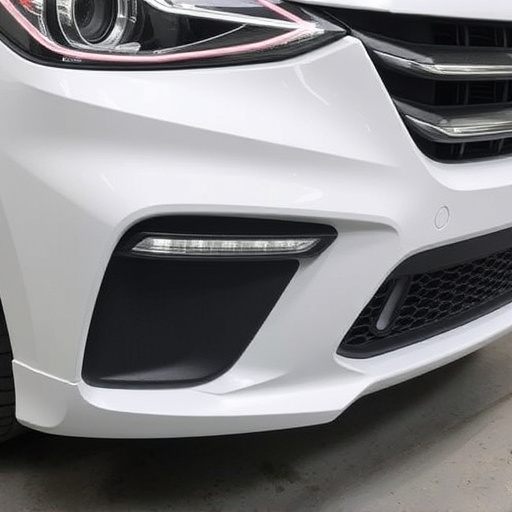
When a severe collision or significant cracking occurs, bumper replacement is often necessary to restore your vehicle’s structural integrity and aesthetic appeal. The process involves several steps that require precision and expertise. First, assess the extent of damage to ensure a complete and safe replacement. If the bumper is severely compromised, removing it is crucial for safety reasons. This step often requires specialized tools and knowledge, especially in modern vehicles with complex designs.
Next, obtain a high-quality replacement bumper compatible with your vehicle make and model. For cars like Mercedes Benz, ensuring genuine or certified parts can guarantee both performance and longevity. The old bumper should be carefully disassembled to separate it from the car’s body. This is where paintless dent repair techniques can come in handy for those looking to preserve their vehicle’s original finish. Once removed, inspect the underlying structure for any damage that might require additional repairs before installing the new bumper.
Tips for Choosing the Right Bumper and Ensuring a Safe Fit
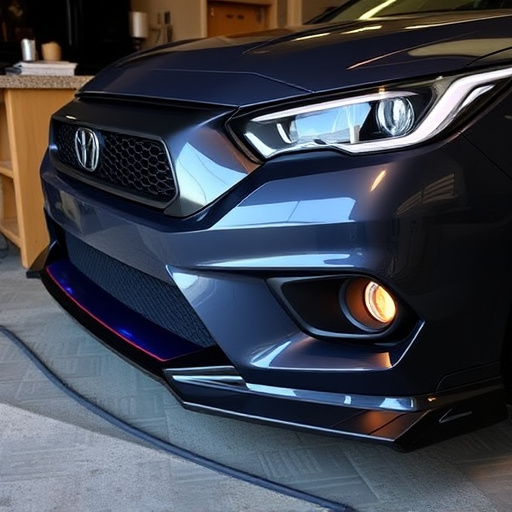
When choosing a bumper replacement, whether for severe collision or cracking repair, it’s crucial to select a part that not only matches your vehicle’s make and model but also aligns with safety standards. Start by researching reputable brands known for their quality auto body parts. Ensure the bumper is designed to withstand impact and absorb energy effectively during collisions, which is vital for passenger safety.
Consider seeking expert advice from auto body services or restoration specialists who can guide you in selecting the right fitment. They have experience in car collision repair and can recommend options that not only match your vehicle’s aesthetic but also ensure a secure, seamless installation. Remember, a safe and proper bumper replacement is key to maintaining structural integrity and enhancing overall safety during future drives.
In severe collisions or with noticeable cracking, it’s clear that bumper replacement is needed. Understanding the damage and following a structured process ensures a safe and secure fit for your vehicle. When choosing a new bumper, consider its compatibility, quality materials, and proper installation techniques to enhance safety and protect against future damage. Remember, a well-fitted bumper replacement can significantly improve your car’s overall appearance and structural integrity.


